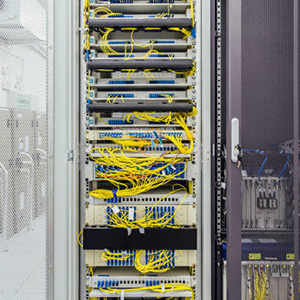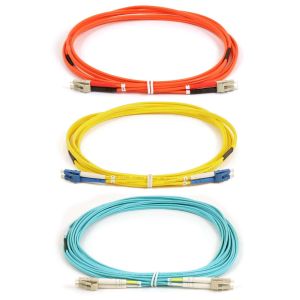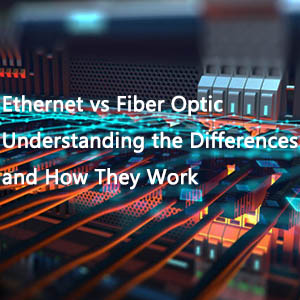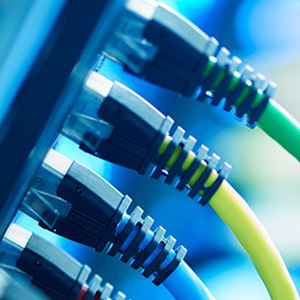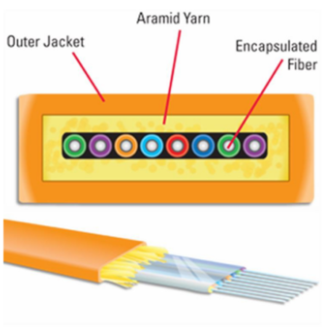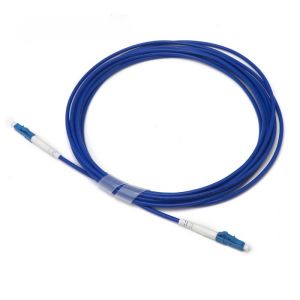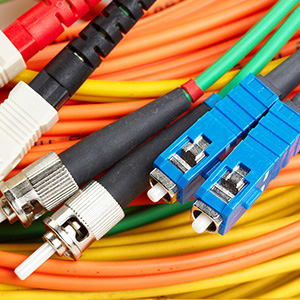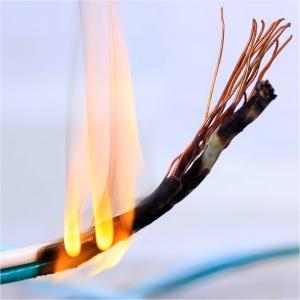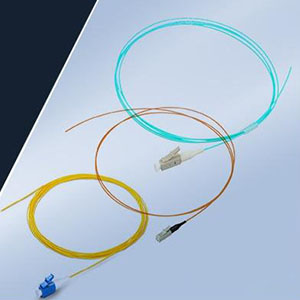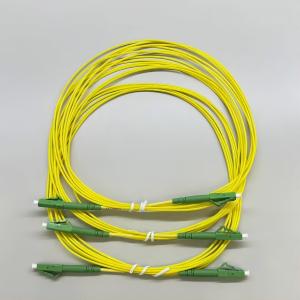When it comes to building or upgrading a fiber optic network, flexibility and reliability go hand in hand. Corning ClearCurve Multimode Fiber delivers high data rates and low latency even in tight routing environments, while Corning Bare Fibers give installers direct access to the glass for splicing, testing, or temporary connections. Together, they offer a powerful combination for both permanent installations and specialized fiber work.

Designed for High-Density and Complex Network Setups
From high-density data centers to large-scale building networks, ClearCurve provides the speed, reliability, and flexibility required in demanding environments. It’s available in OM2, OM3, OM4, and OM5 variants to match different bandwidth and future expansion needs:
- OM2 – Ideal for shorter runs and legacy 1G/10G systems
- OM3 & OM4 – Optimized for high-speed enterprise backbones up to 100G
- OM5 – Supports shortwave wavelength division multiplexing (SWDM) for future-ready, high-capacity links
And you don’t have to search far to get it—Fiber-Life offers the full range of Corning ClearCurve Multimode Fibers, ready to ship with options tailored to your project.
Why Bend-Insensitive Technology Matters
In real-world installations, fiber rarely follows a straight path. It often needs to curve around ducts, pass through tight conduits, or navigate behind dense rack equipment.

Traditional multimode fiber can suffer from signal loss at each bend, leading to performance issues. ClearCurve’s bend-insensitive design minimizes this risk, making it an excellent choice for:

- High-density rack systems
- Multi-floor cabling runs
- Campus and industrial networks
- Medical or research facilities with tight pathways
Where Corning Bare Fibers Fit In
While Corning ClearCurve is ideal for permanent installations, there are times when Corning Bare Fibers are the better option—especially in temporary connections, fiber splicing labs, or product testing environments.

Bare fibers are unjacketed optical fibers that allow direct access to the glass for cleaving, splicing, or connectorization. In combination with ClearCurve technology, they enable highly flexible network builds, troubleshooting, and rapid prototyping for specialized applications.
Fiber-Life provides Corning Bare Fibers in various specifications to ensure compatibility with different connectors, coatings, and system requirements. For installers, having both ClearCurve Multimode Fiber and bare fiber options on hand means you can handle permanent setups and quick fixes with equal ease.
Tested for Consistency and Quality
Every kilometer of ClearCurve fiber is tested for effective modal bandwidth (EMB) to ensure consistent, high-quality transmission that meets IEC 60793-2-10 standards. This guarantees dependable performance whether you’re installing a short patch or hundreds of meters of cable.
Fiber-Life also offers customization for fiber length, jacket type, and connector configuration—plus matching Corning Bare Fibers for projects that demand direct glass access and flexibility during installation.
The Clear Advantage for Your Network
If your installation involves tight spaces, frequent bends, or high-density environments, Corning ClearCurve Multimode Fiber offers the flexibility and reliability you need. And when your work requires precision splicing or temporary connections, Corning Bare Fibers provide the perfect complement.

